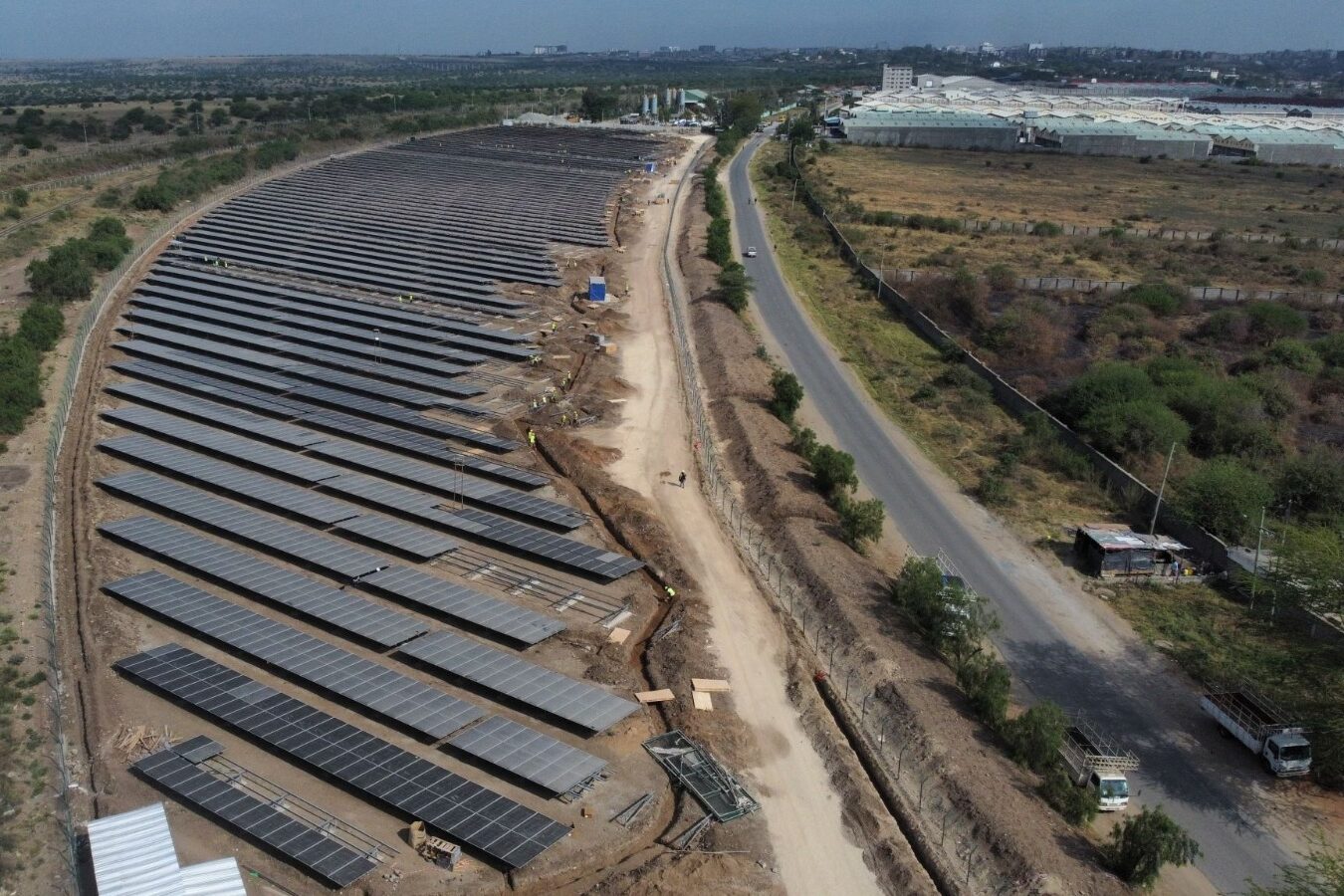Bamburi targets completion of 19.5MW solar plants in 2025

Cement manufacturer Bamburi Cement Plc is racing to complete the construction of two solar power plants that it is betting on to significantly cut its energy costs.
The Nairobi Securities Exchange (NSE) listed company is building a 14.5MW solar PV power plant at its manufacturing facility in Mombasa and another with a 5MW capacity at its Athi River plant.
The two plants will be the biggest captive solar PV power plants in Kenya.
Bamburi says it will complete the construction of the two plants next year after which it will start to utilize cheaper and cleaner energy from the power stations.
According to the cement manufacturer, the solar plants will save 30% of its energy costs, and comes at a time rising power rising are giving electricity consumers especially large customers such as manufacturers a major headache.
Bamburi adds that having its own power generation source will help mitigate the consequences of major national blackouts that have plagued the country over the past year, disrupting operations of businesses across the country.
It will account for 30% of our total power supply, resulting in massive energy cost savings, reduce the business impact of load shedding and significantly contribute to reaching Net Zero carbon emissions by shifting to renewable energy
bamburi cement
Bamburi’s foray into own power generation comes at a time when captive power generation has seen significant growth among commercial and industrial consumers as they race to reduce their rising energy bills.
Kenya’s total captive power hit a record 532.6MW by June 2024, according to the Energy and Petroleum Regulatory Authority (EPRA).
This represents 14.88% of the country’s total installed capacity, with solar PV leading the way with a capacity of 229.2MW, closely followed by biomass with 161.8MW.
Some of the leading players in the captive solar PV industry include CP Solar Resources Limited, Equator Energy Kenya Limited, Ecoligo Limited, and Ariya Finergy Holdings Limited.
The preference for this technology can be attributed to several factors, including the ease of setup, advantageous solar insolation levels in many regions of Kenya, cost-effectiveness in terms of energy production, and supportive government policies.
epra
The cost of electricity remains prohibitive in Kenya, and coupled with an unfriendly business environment soured by high taxation and elevated inflation, has pushed some businesses especially manufacturers to move to other countries.
Kenya is further expected to set a new three-year power tariff in 20 months, which is expected to be costlier than the current tariff which expires in June 2026.
info@theenergyreview.com
Discover more from THE ENERGY REVIEW
Subscribe to get the latest posts sent to your email.


